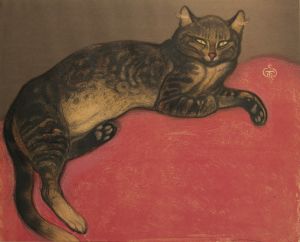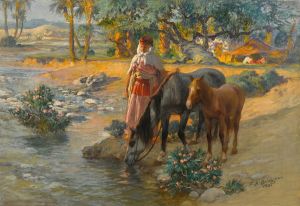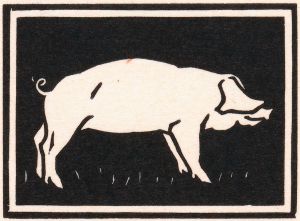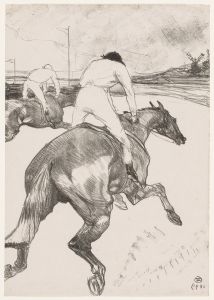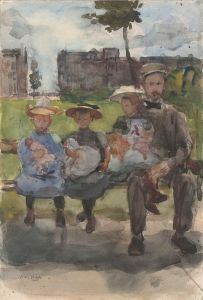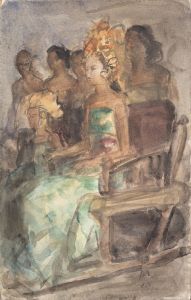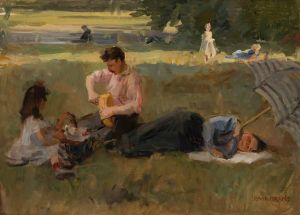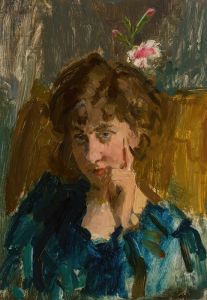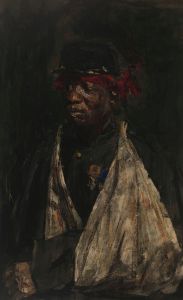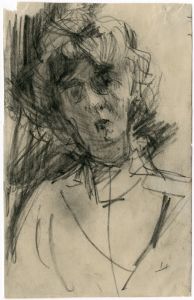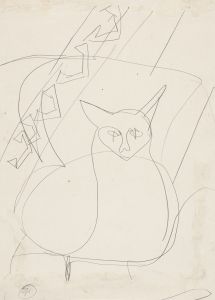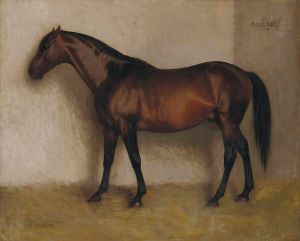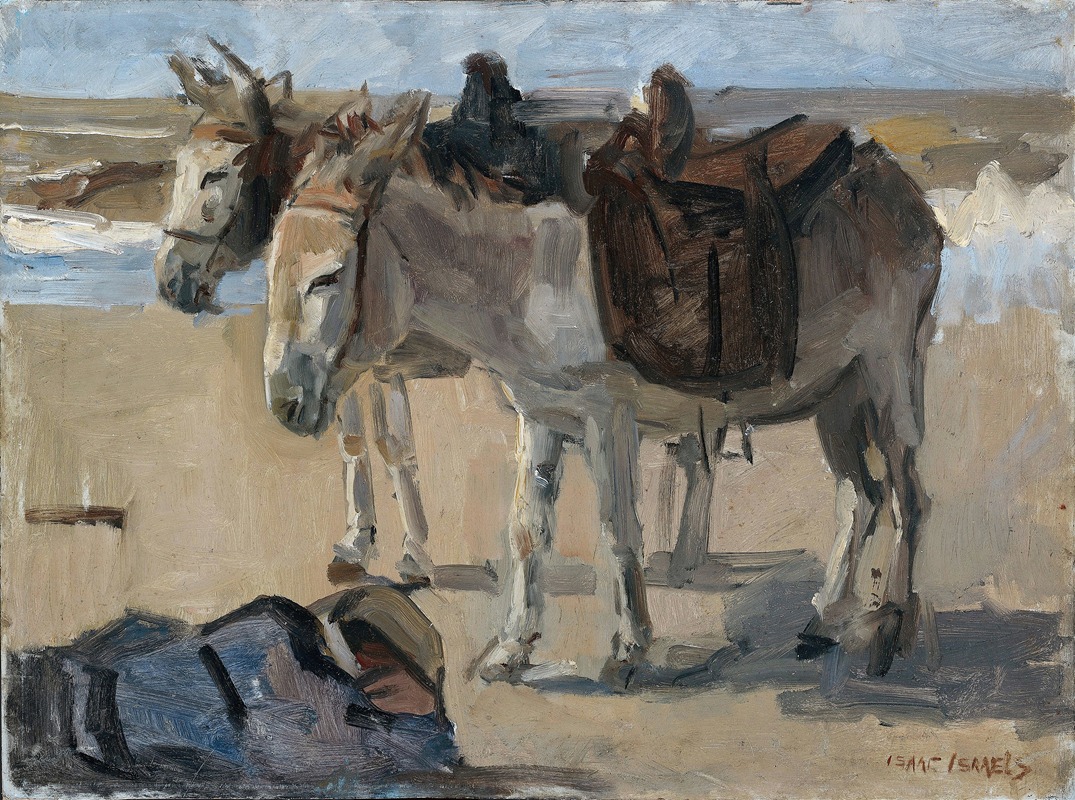
Two Donkeys
A hand-painted replica of Isaac Israëls’s masterpiece Two Donkeys, meticulously crafted by professional artists to capture the true essence of the original. Each piece is created with museum-quality canvas and rare mineral pigments, carefully painted by experienced artists with delicate brushstrokes and rich, layered colors to perfectly recreate the texture of the original artwork. Unlike machine-printed reproductions, this hand-painted version brings the painting to life, infused with the artist’s emotions and skill in every stroke. Whether for personal collection or home decoration, it instantly elevates the artistic atmosphere of any space.
Isaac Israëls was a prominent Dutch painter associated with the Amsterdam Impressionism movement. He was born on February 3, 1865, in Amsterdam, Netherlands, and was the son of the famous painter Jozef Israëls. Isaac Israëls is known for his vibrant and dynamic style, capturing the essence of modern life in the late 19th and early 20th centuries. His works often depict scenes of urban life, leisure activities, and portraits, characterized by loose brushwork and a keen sense of movement and light.
"Two Donkeys" is one of the many works by Isaac Israëls, although specific details about this particular painting are scarce. Israëls' oeuvre includes a wide range of subjects, and animals, particularly horses and donkeys, appear in several of his works. These animals were often depicted in bustling city scenes or tranquil rural settings, reflecting the diverse environments Israëls explored throughout his career.
Israëls spent significant periods of his life in various cultural hubs, including Paris and London, which influenced his artistic style. His time in Paris exposed him to the works of the French Impressionists, and this influence is evident in his use of color and light. In London, he was inspired by the city's vibrant street life, which he captured in many of his paintings.
The depiction of donkeys in art has a long tradition, often symbolizing humility, hard work, and rural life. In the context of Israëls' work, donkeys may have been chosen for their everyday presence in the environments he painted, serving as a connection between the urban and rural worlds. His ability to portray animals with a sense of realism and vitality is a testament to his skill as an observer and artist.
Isaac Israëls' paintings are celebrated for their lively compositions and the way they convey the energy of the scenes they depict. His work is characterized by a spontaneous and fluid technique, capturing fleeting moments with a sense of immediacy. This approach aligns with the broader Impressionist movement, which sought to capture the effects of light and atmosphere in everyday scenes.
While specific information about "Two Donkeys" is limited, it can be appreciated within the broader context of Israëls' artistic achievements. His paintings are held in high regard and can be found in major museums and collections worldwide, including the Rijksmuseum in Amsterdam and the Van Gogh Museum. Israëls' contribution to Dutch art and his role in the development of modern painting continue to be recognized and celebrated.
Isaac Israëls passed away on October 7, 1934, in The Hague, Netherlands. His legacy endures through his vibrant depictions of life in the late 19th and early 20th centuries, capturing the spirit of an era with a unique blend of realism and impressionism.





